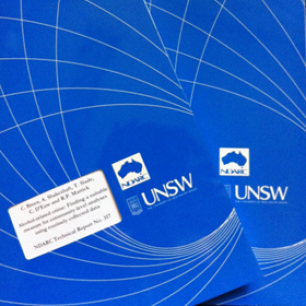NDARC Monograph No. 43 (2000)
The Illicit Drug Reporting System (IDRS) provides a coordinated approach to the monitoring of drug trend data on the main illicit drug types (i.e., opiates, amphetamine, cocaine and cannabis). It is also intended that information from the IDRS should act as a strategic early warning system for emerging drug trends.
In 1998, the National Drug and Alcohol Research Centre was commissioned by the Commonwealth Department of Health and Aged Care to conduct a national trial of the IDRS, following a successful pilot study of the methods in Sydney in 1996 (Hando etal., 1997a) and a multi-state trial of the IDRS in 1997 (Hando etal., 1998).
This report documents the findings from the first year of a national IDRS, which was conducted in 1999. The national IDRS involved a continuation of the existing methodology in NSW, SA and VIC (IDU survey, key informant survey, collection of secondary indicator data), and the addition of a "core" IDRS in the remaining jurisdictions. This core IDRS consisted of the key informant survey and collection of secondary indicator data only. Information from these sources complement and supplement each other in establishing drug trends.
This report presents an overview of the national findings only. Detailed information on drug trends in each jurisdiction can be found elsewhere.


